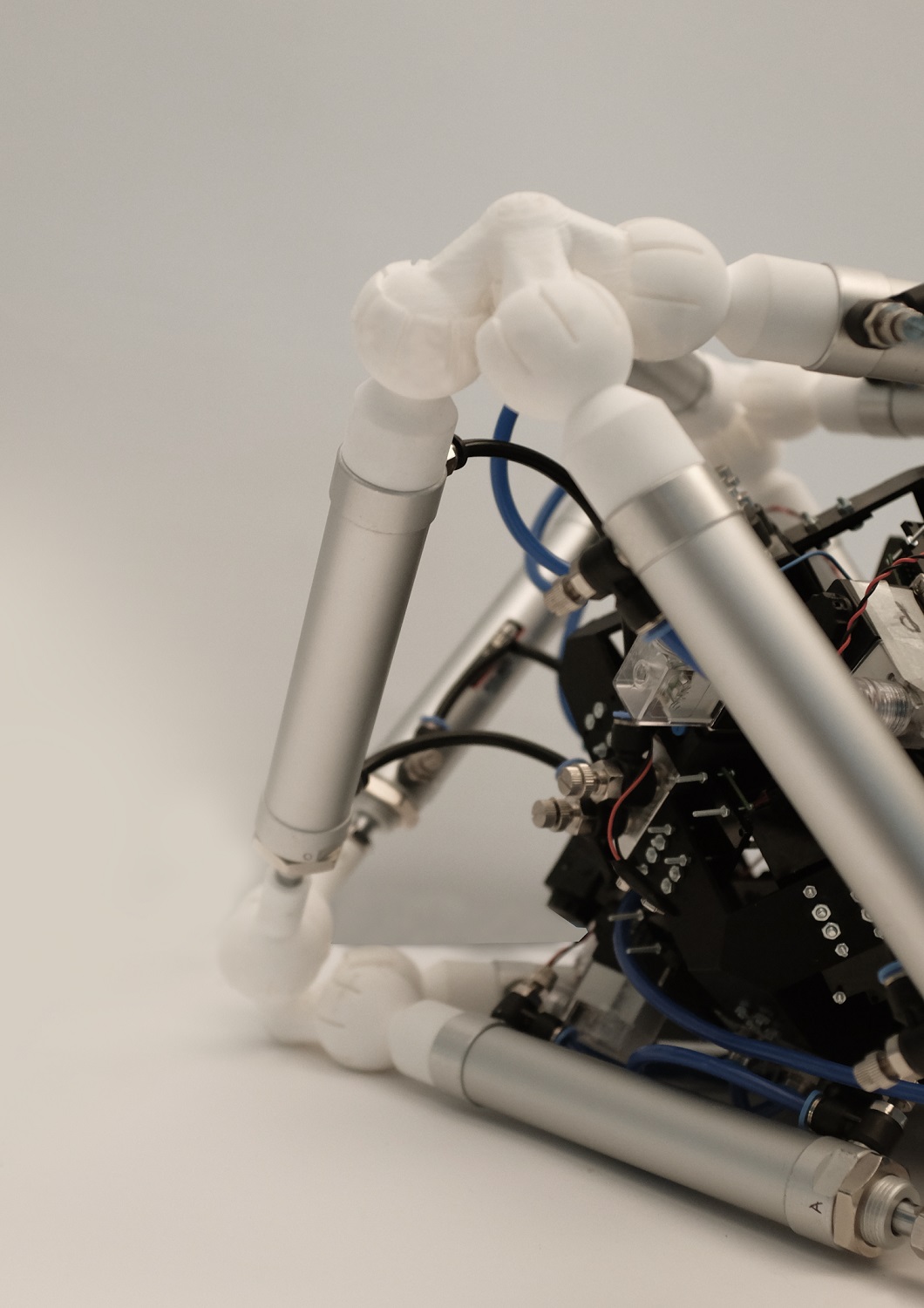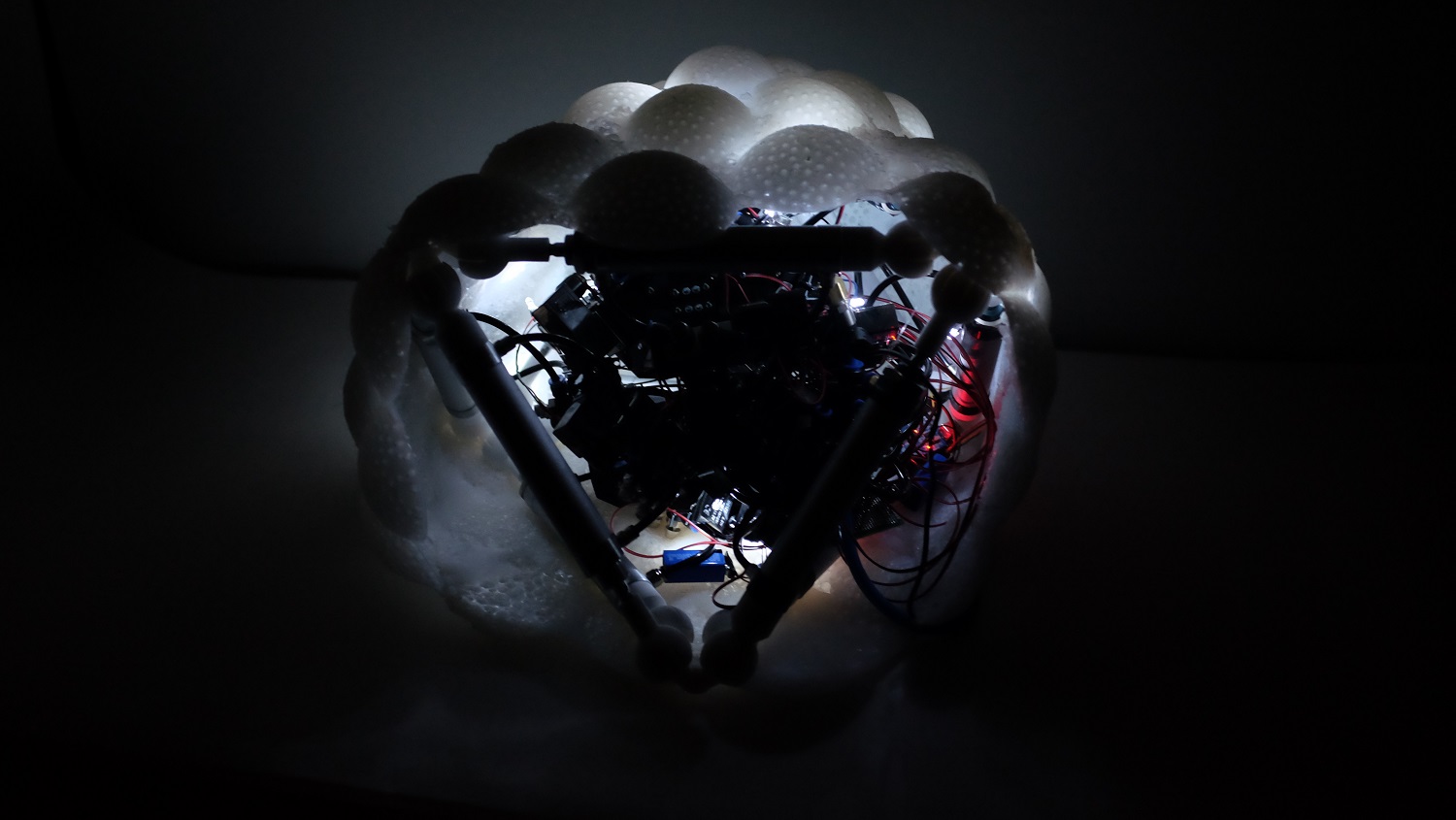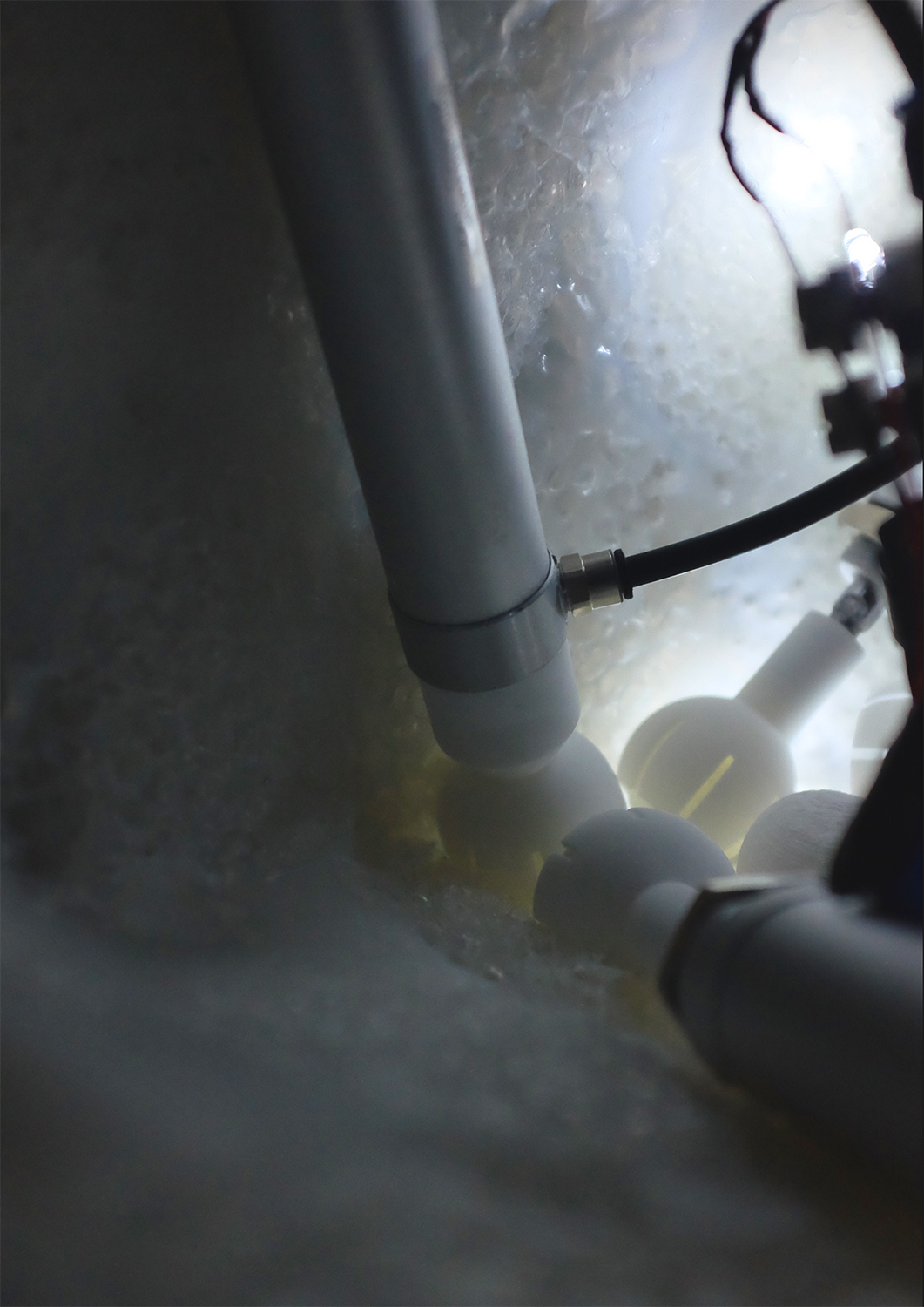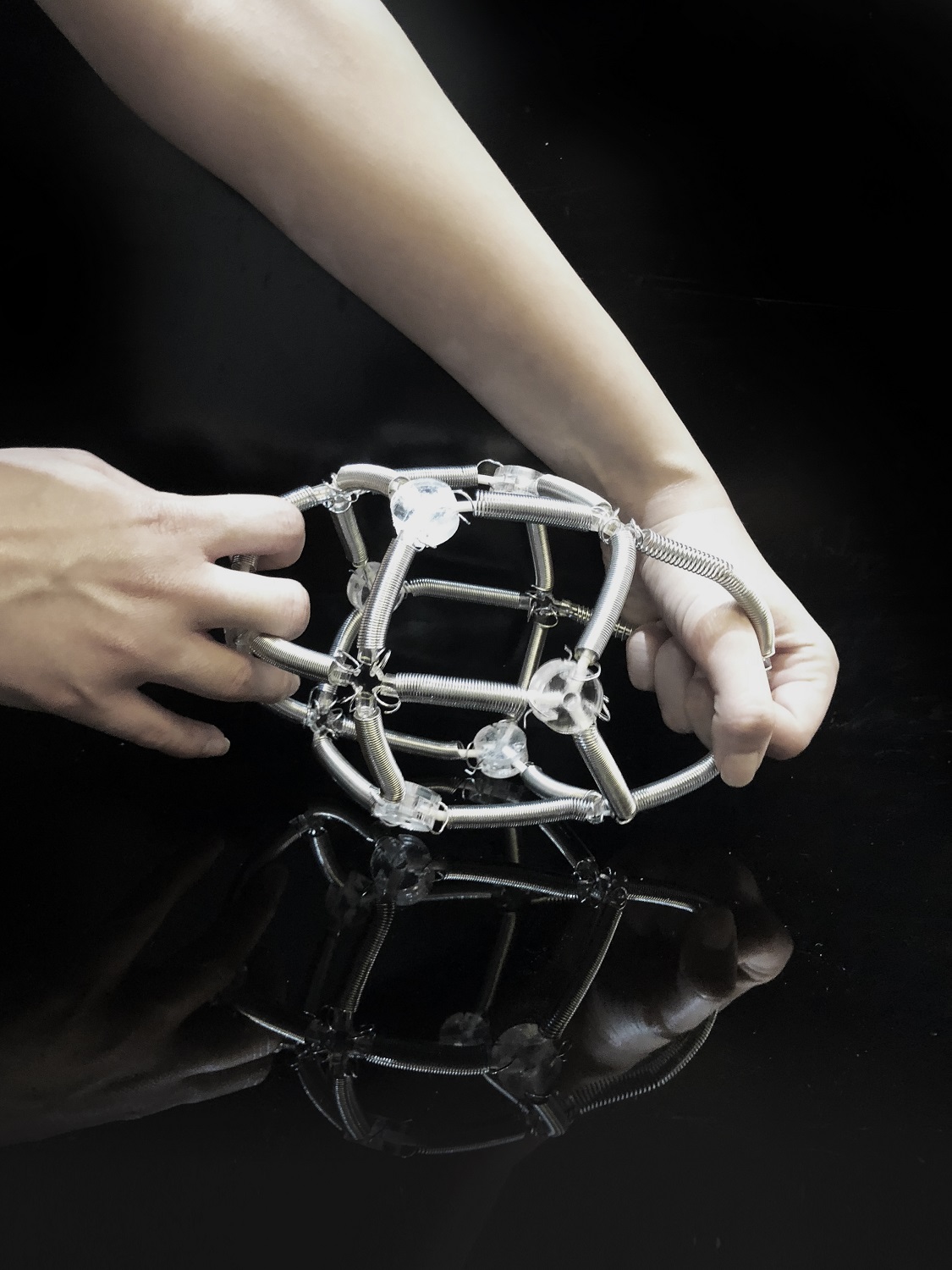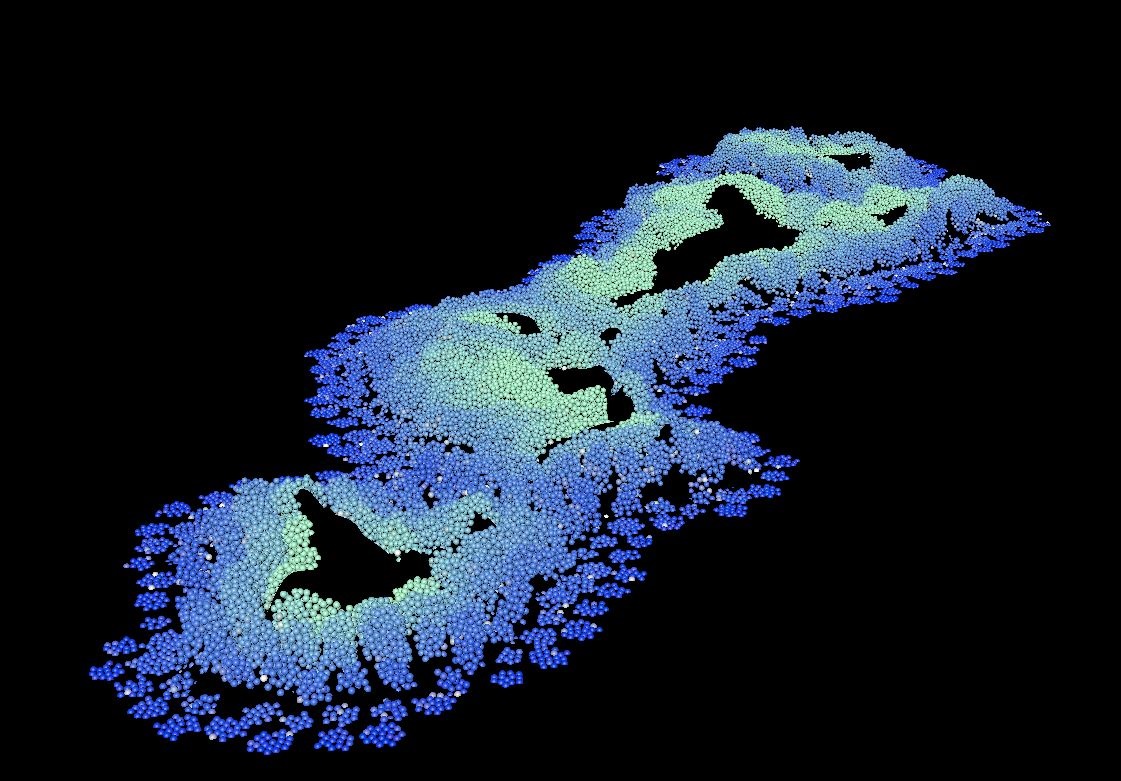Constructing agency 2017-2019
4057
Studio Theodore Spyropoulos
Tutors Mostafa El-Sayed, Apostolos Despotidis
Team Ece Bahar Elmaci Badanoz (Turkey), Lara Niovi Vartziotis (Greece), Ogulcan Sulucay (Turkey), Qiquan Lu (China)
Within the modern cities public spaces is a vital component of its dynamics and functionality such as roads, rails and public transformation infrastructures. Not only they occupy significantly large space in the city, also creates an interface for urban culture to constantly change and evolve. Mobility as a function of our lives has a huge impact in lives of people and routines.
Nowadays being mobile is in the core of urban culture. While urban mobility highly dependent of its designated infrastructure, all the components of that infrastructure such as streets, pavements, rails acts as an interface that regulates urban life and creates a medium for interaction. In this manner approaching this vital interface for urban culture as a technical issue to solve and trying to make it as invisible as possible is not overlapping with the contemporary dynamics of the city. Interface / infrastructure for mobility is not just a congestion problem that needs to be solved it is a medium to be designed, which needs to be adapt and evolve with the urban culture as much as it creates an interface for it.
“The Project“ is a system that operates on the existing infrastructure for urban mobility treats it as a public space by enhancing and augmenting it accordingly to the user demands and daily routines. It is a curator for urban culture, creating its own infrastructure and enhance the existing qualities of the city. For such capacity to receive inputs from the city as much as its users, the system needs to be able to recognize its environment and learn through it. Therefor the system starts to evolve and perform accordingly to the urban culture and generate adaptive behaviours.
Through learning and communicating with its user “The Project“ is a curating the city and redefines architecture as an infrastructure as well. By allowing urban mobility to operate not accordingly to its designated infrastructure but self-organizing it, as much as it creates a reflection of culture over the urban pattern, “The Project“ also becomes an interface for the formation, organization and construction of the city.

